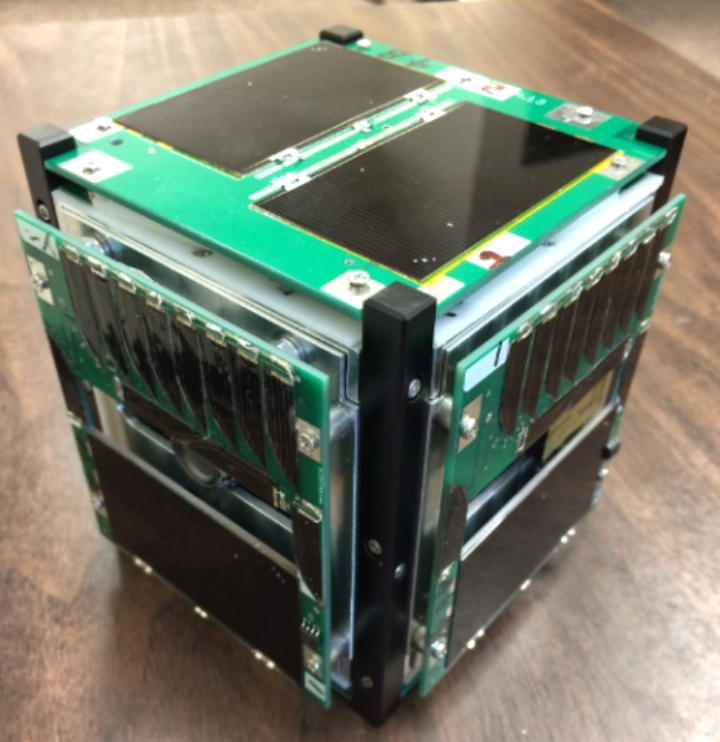
A cubesat called CAPE-3 is carrying a chip designed and built by students at the University of Louisiana at Lafayette to detect radiation, all with keeping an eye on astronaut safety. The satellite also carries a tiny Geiger counter so students can tell whether the chip is accurate.
Each side of the satellite is 10 centimeters across and this smallsat was among 10 that were launched on January 17 from a Virgin Orbit rocket that was launched high above the Pacific Ocean from a customized Boeing 747.
Eight of the other nine smallsats were built by students at other schools. The tenth was built by NASA, which runs the CubeSat Launch Initiative to give nonprofit organizations and schools at all levels a chance to do scientific investigations in space and help NASA with exploration and technology development. At least one of these smallsats was built by an elementary school.

Students in Lafayette began receiving radio signals early on Monday, January 18, from the satellite, which circles the world every 90 minutes at 17,000 miles an hour.
This is Louisiana-Lafayette’s third satellite launched as part of the program. The school’s program is called CAPE, for the Cajun Advanced Picosatellite Experiment program aimed at preparing students for careers in science, technology, engineering and mathematics.
The CAPE-1 satellite was built to show that the student team could design and build a satellite that could send radio signals back and could respond to signals sent from Earth. It was monitored for four months after its launch in 2007.
CAPE-2, launched in 2013, had fold-out solar panels, a text-to-speech transmitter and a “parrot repeater” that could record audio from Earth and broadcast it back to the sender. Another feature lets visitors to a children’s museum hear their own voices coming back on a radio, as well as send text messages to the satellite. This smallsat was monitored for 11 months.
“The detectors would provide liquid crystal display readings so astronauts could constantly monitor how much radiation they’re being exposed to,” Dr. Paul Darby, the university’s project leader, said in a news release.
Rizwan Merchant, a NASA systems safety engineer who was assistant project manager for the CAPE-2 launch while a student at ULL and is now the CAPE team’s industry mentor, said students will spend a few weeks “grabbing data from the satellite simply to assesses every feature and ensure it’s all working properly.”
Then CAPE team members and students majoring in areas including computer science, electrical engineering, mechanical engineering and physics will begin collecting and analyzing the information.
Article source: Texarkana Gazette
